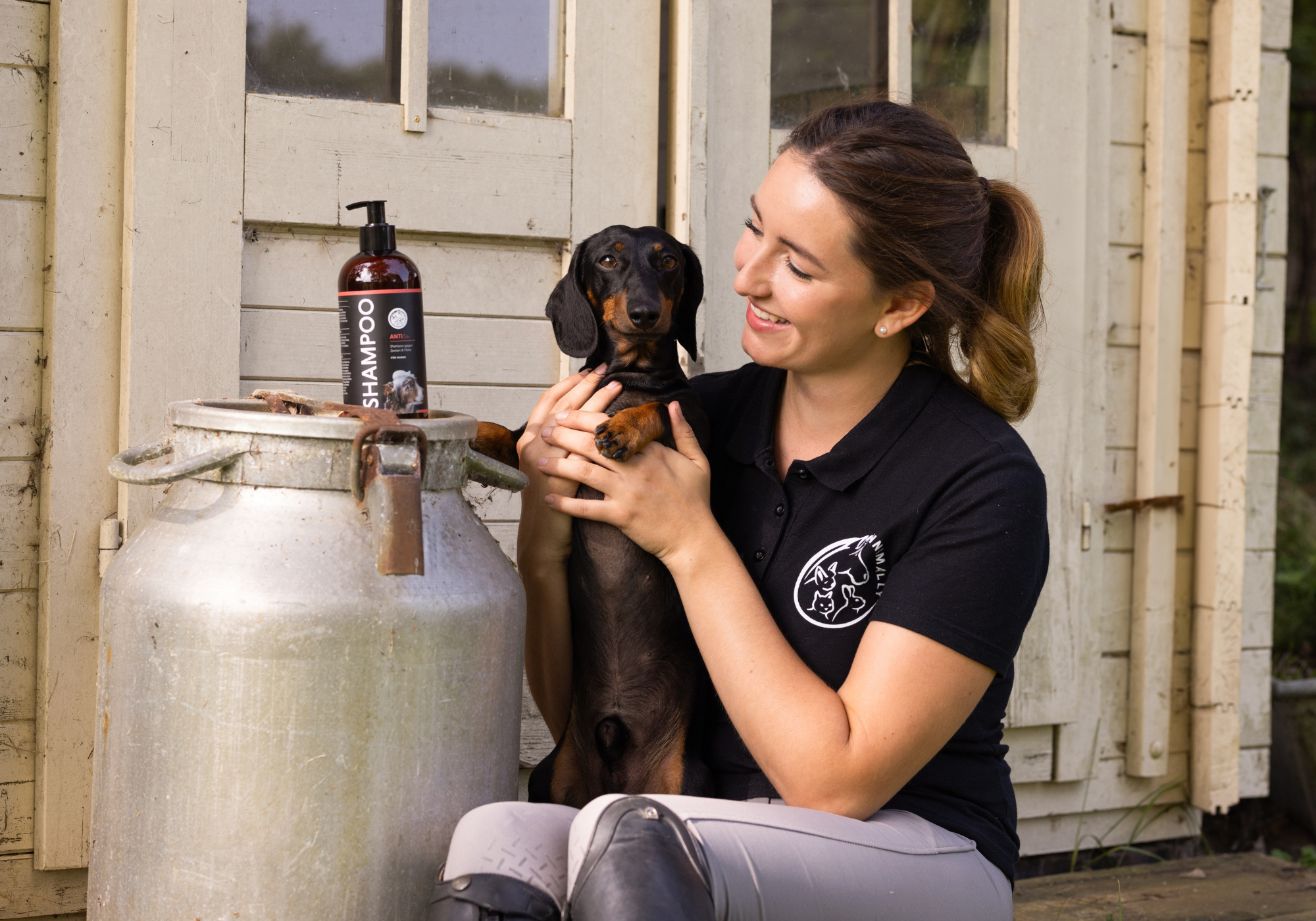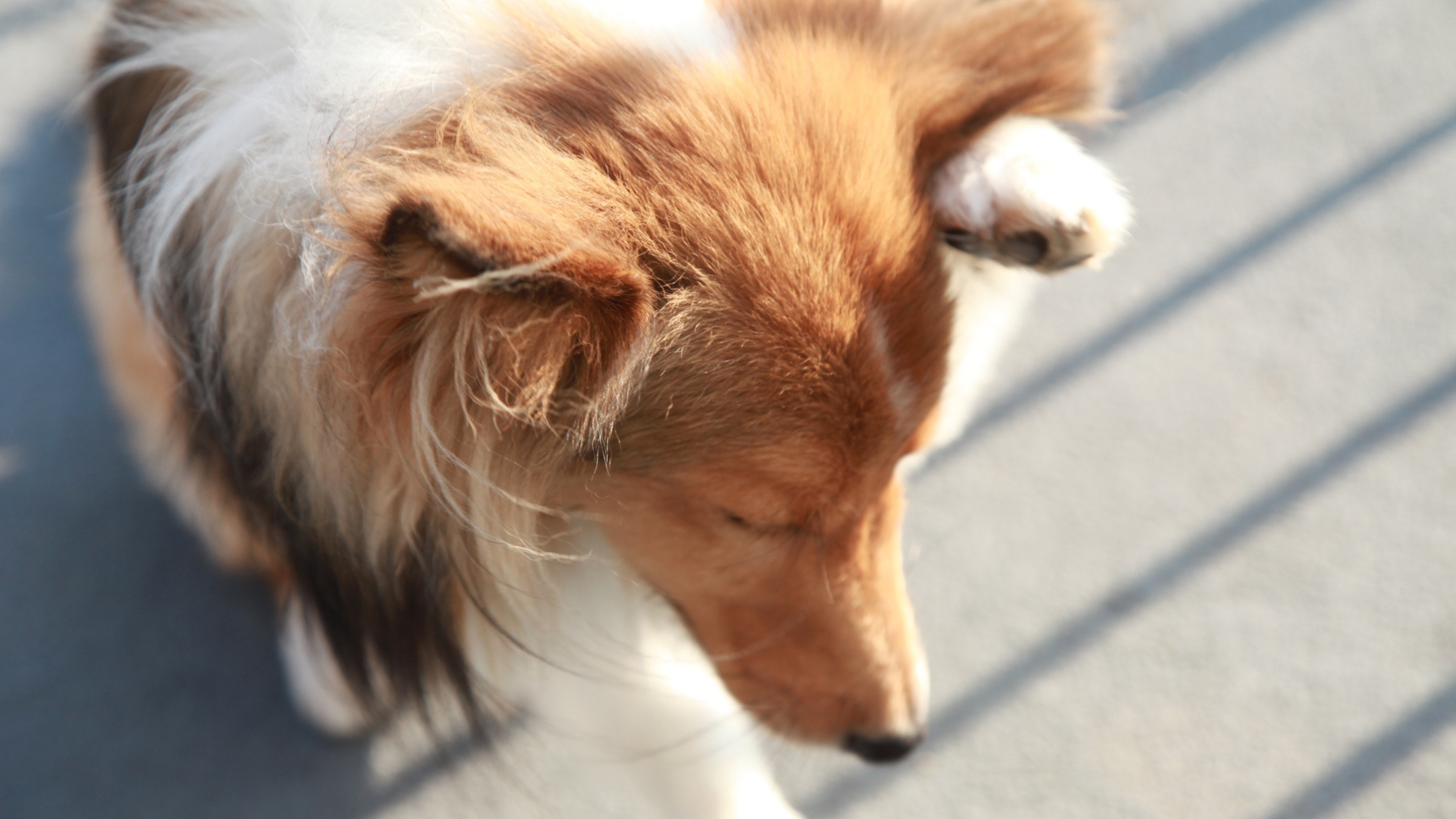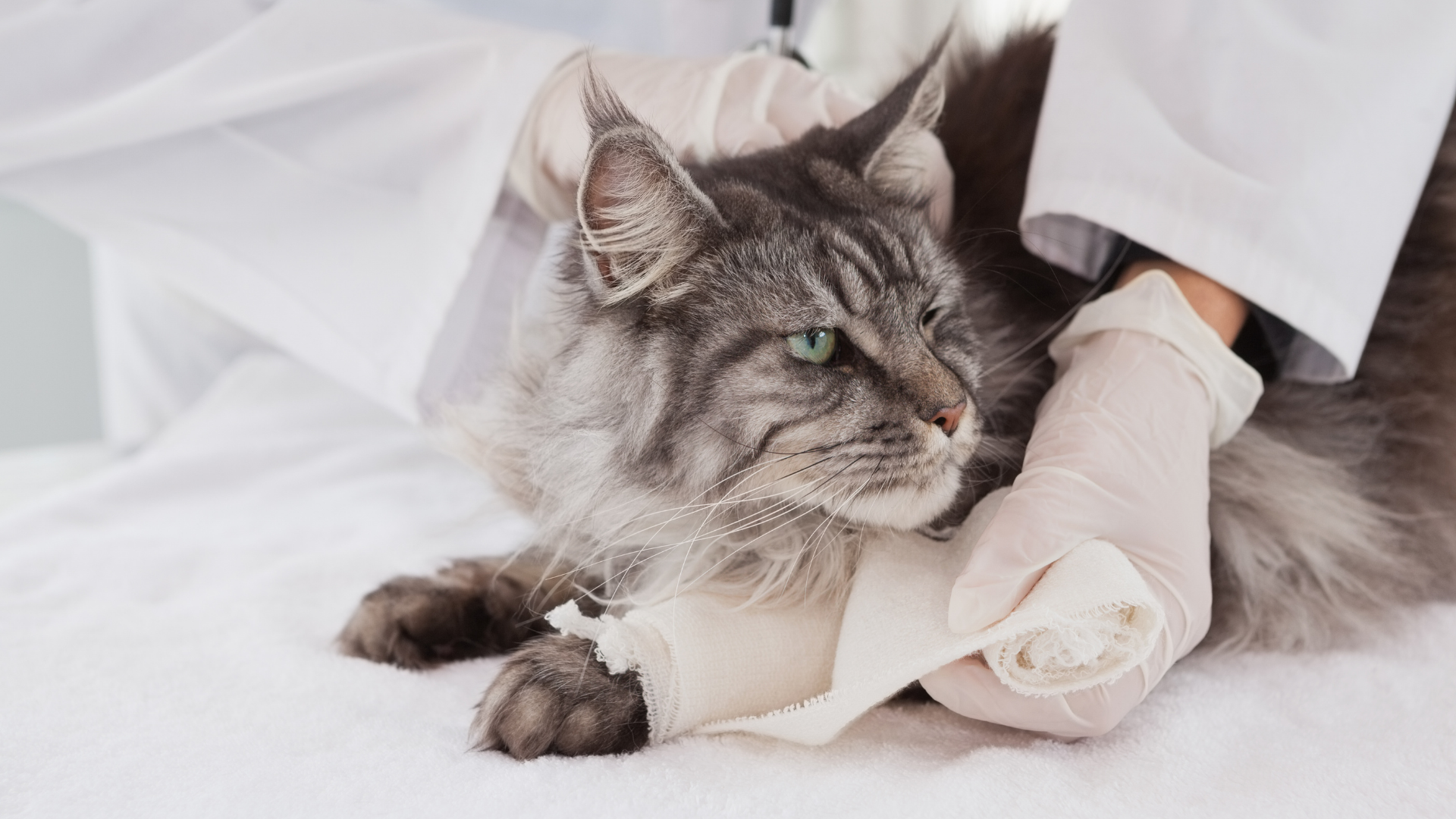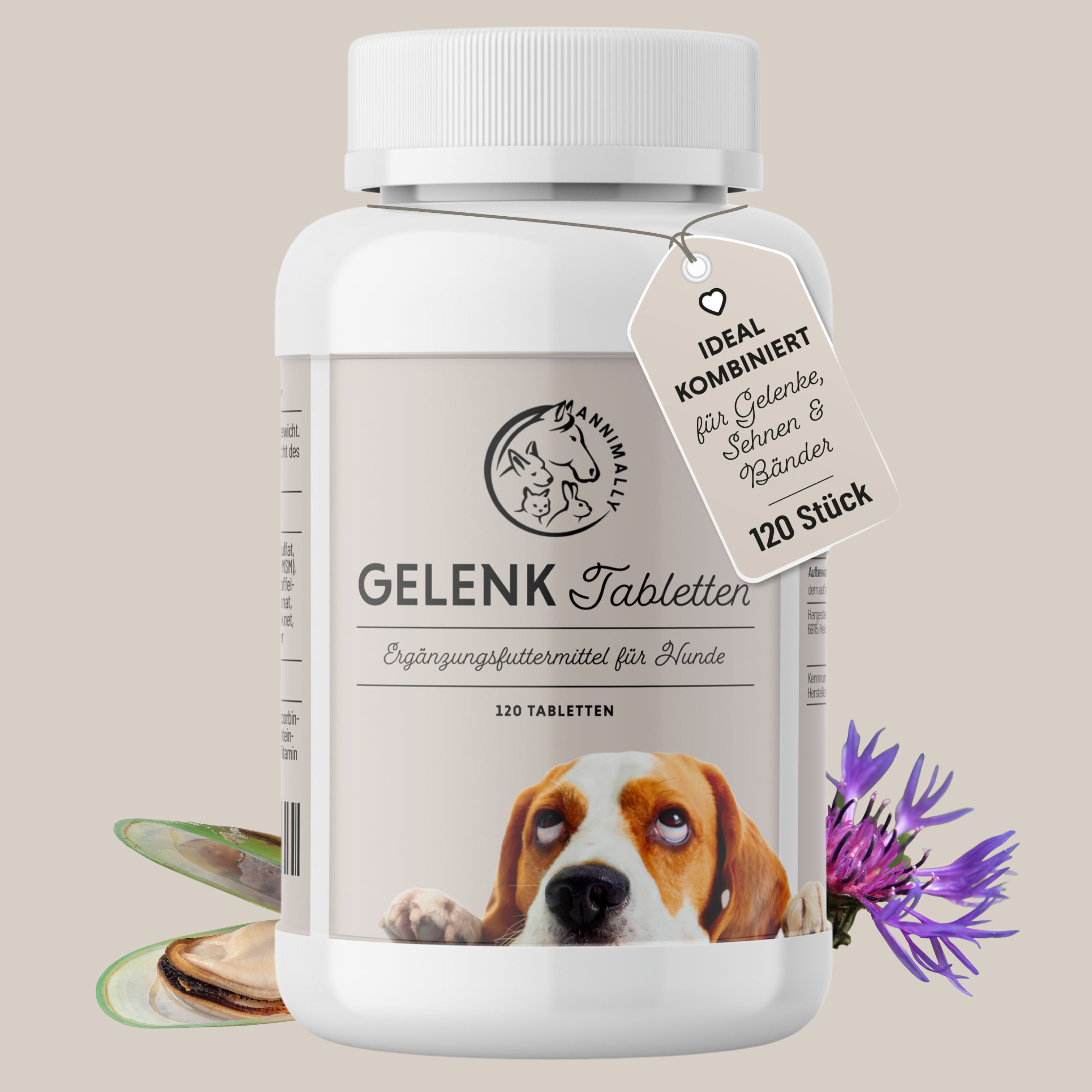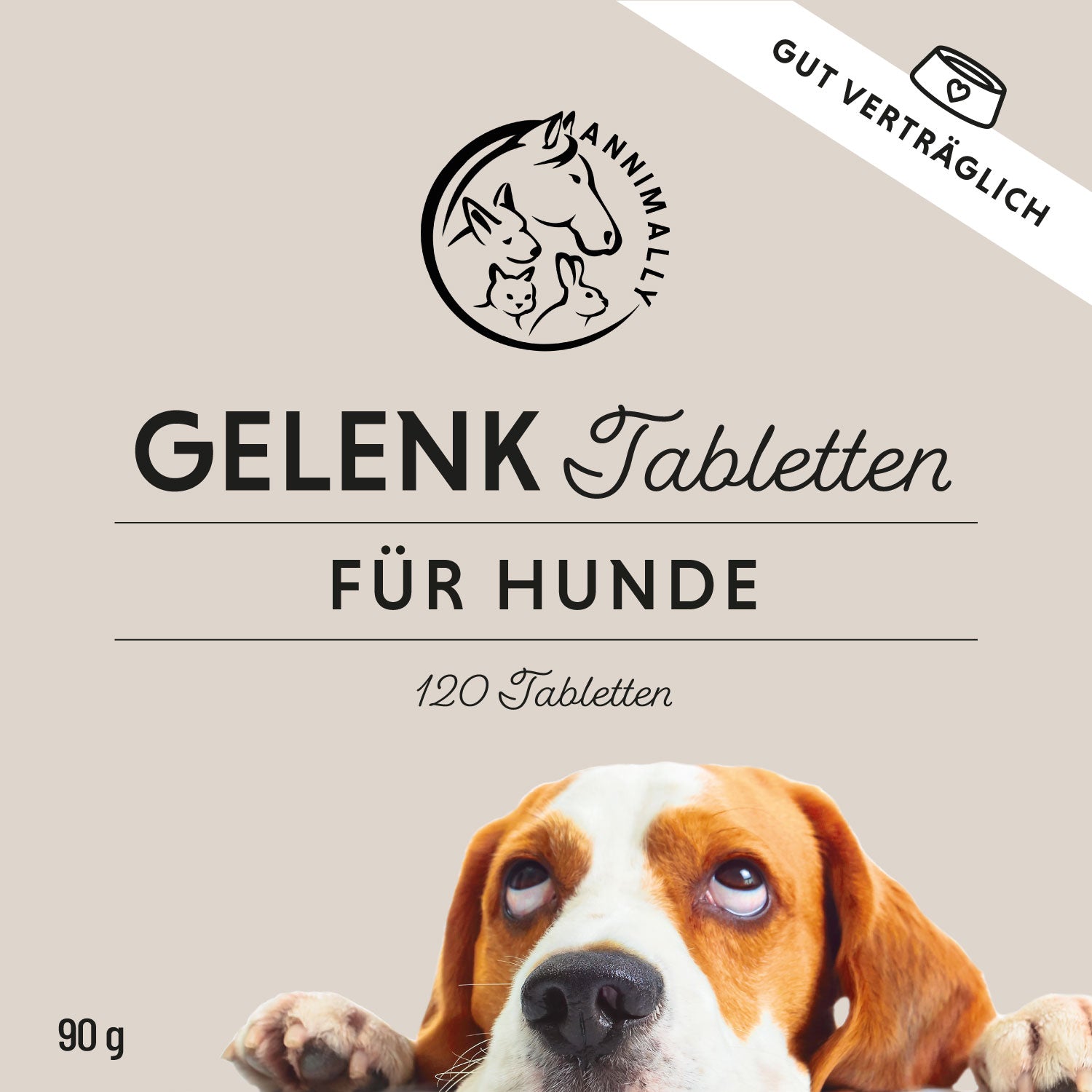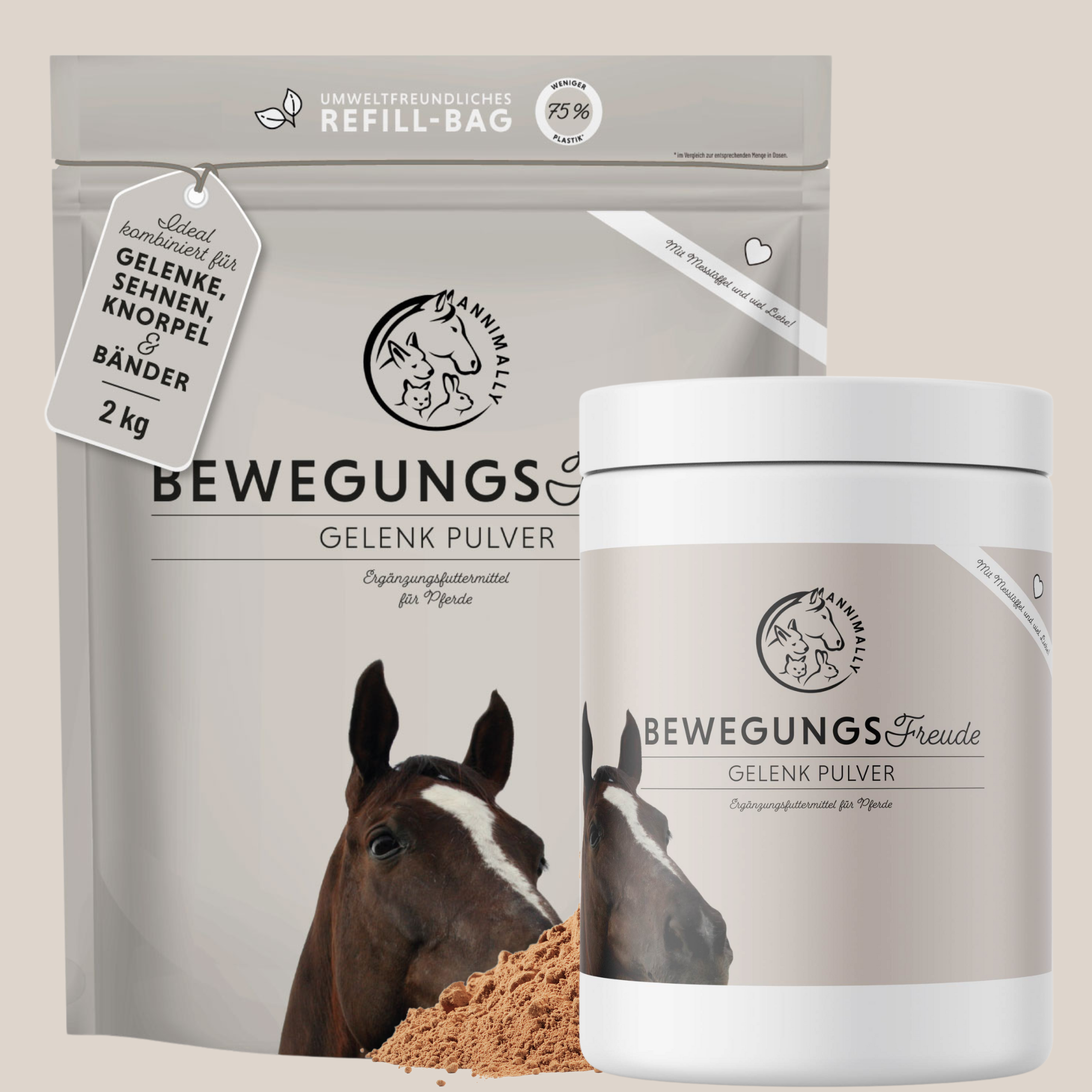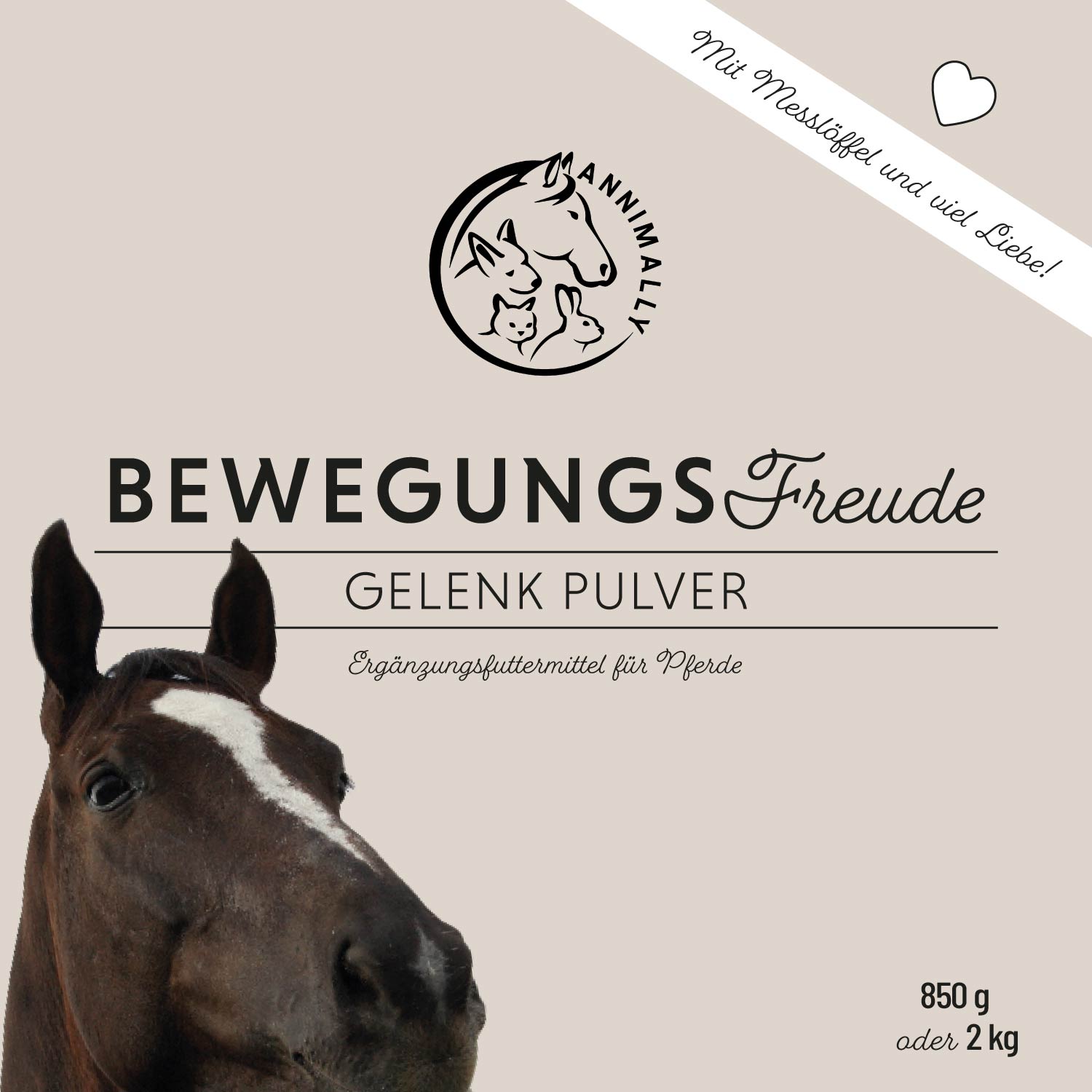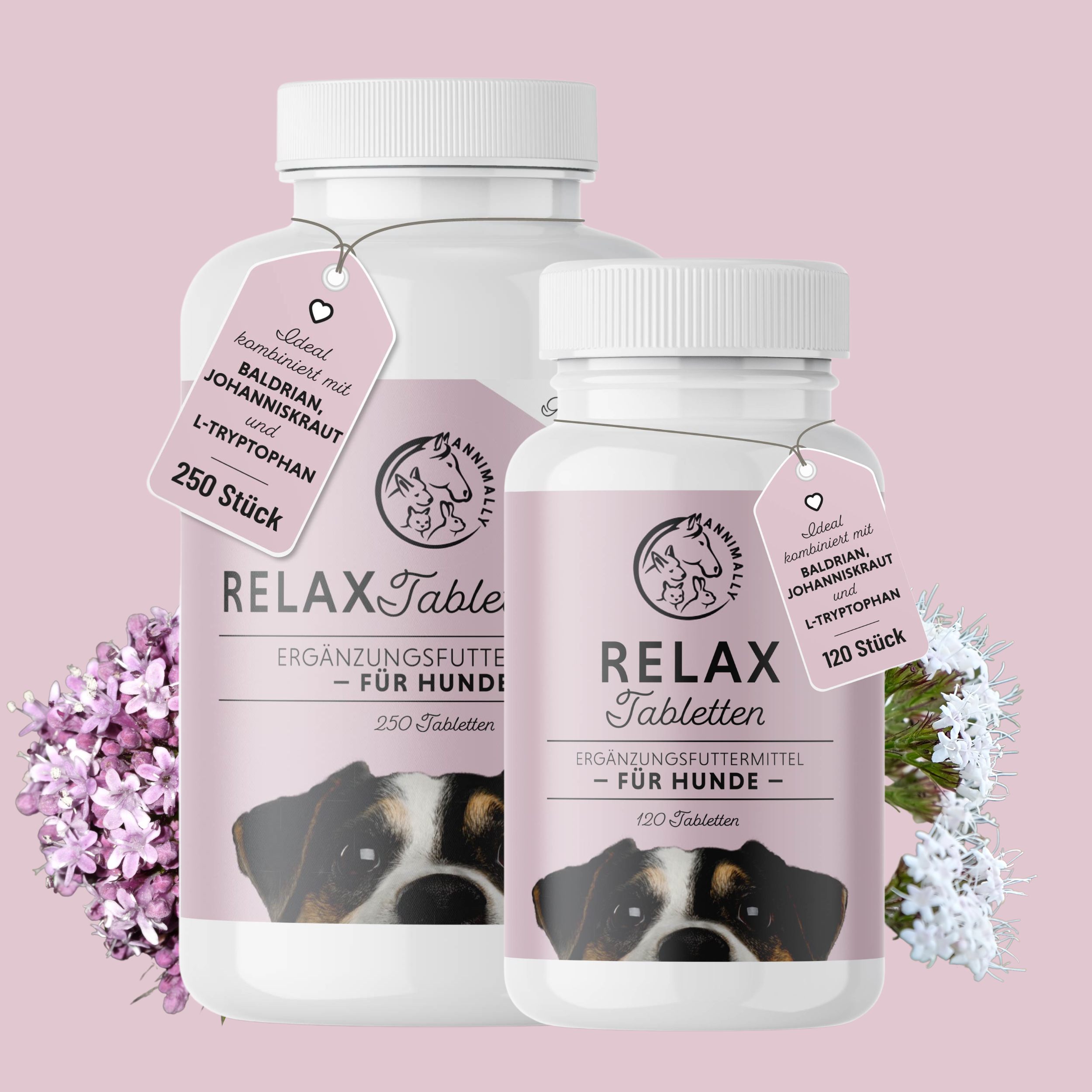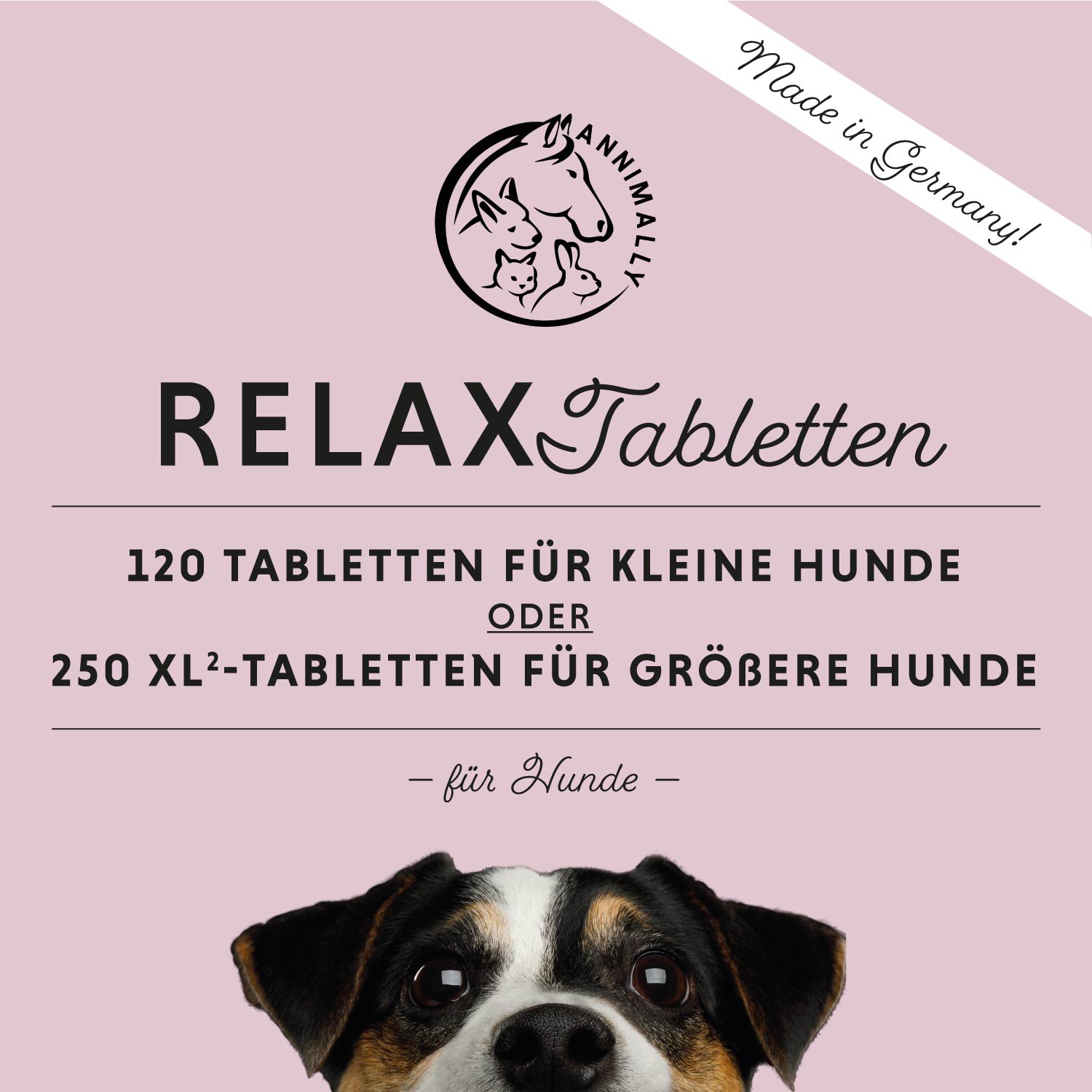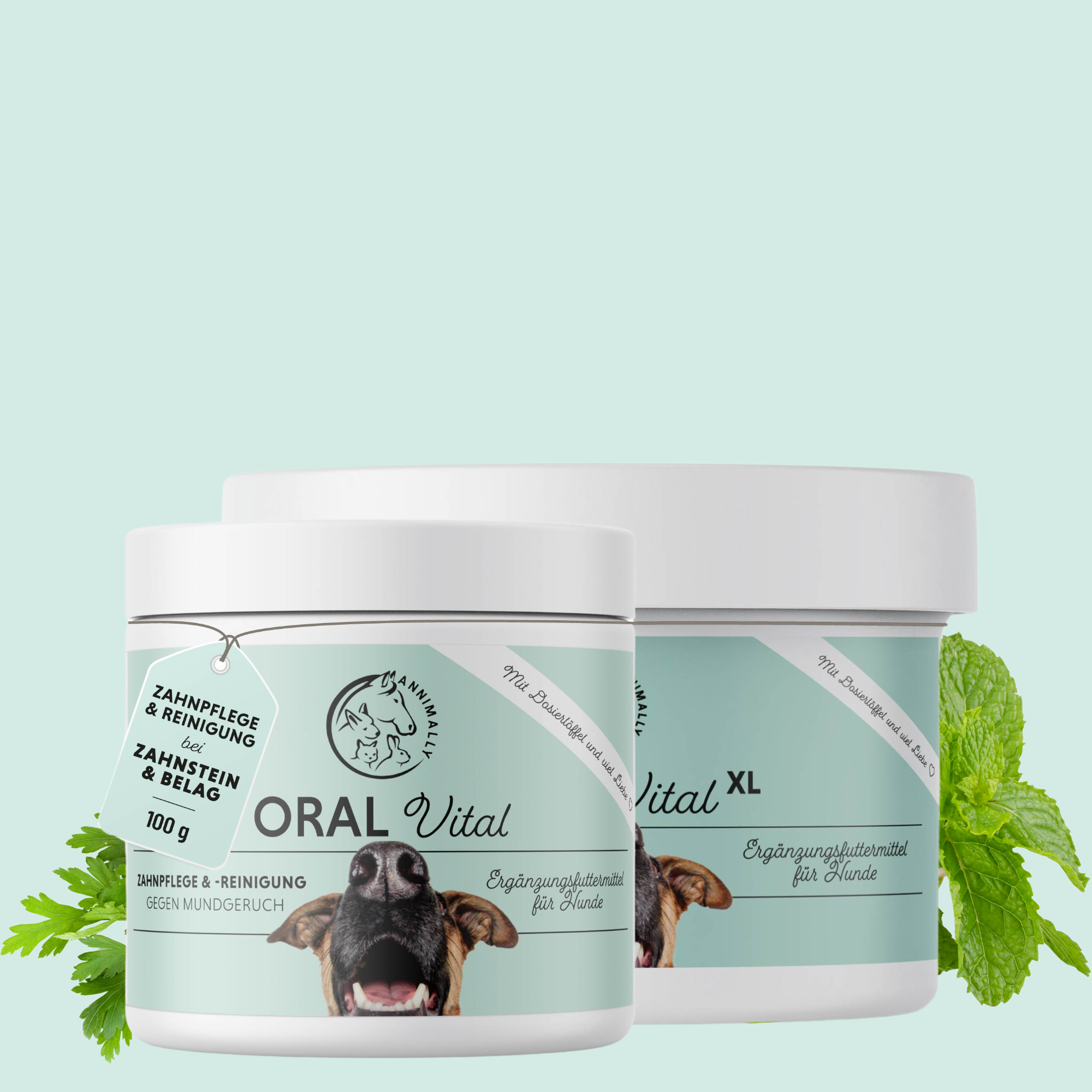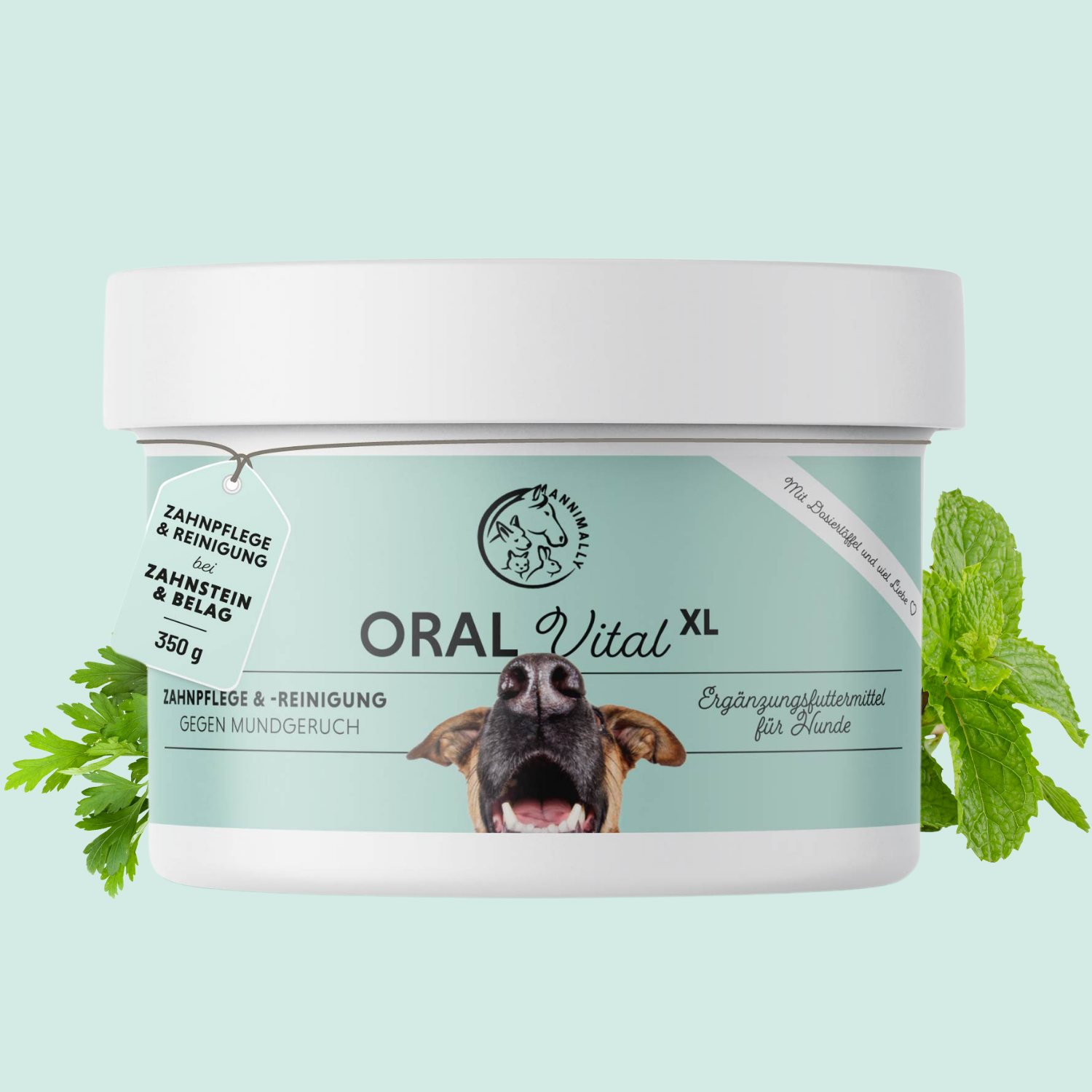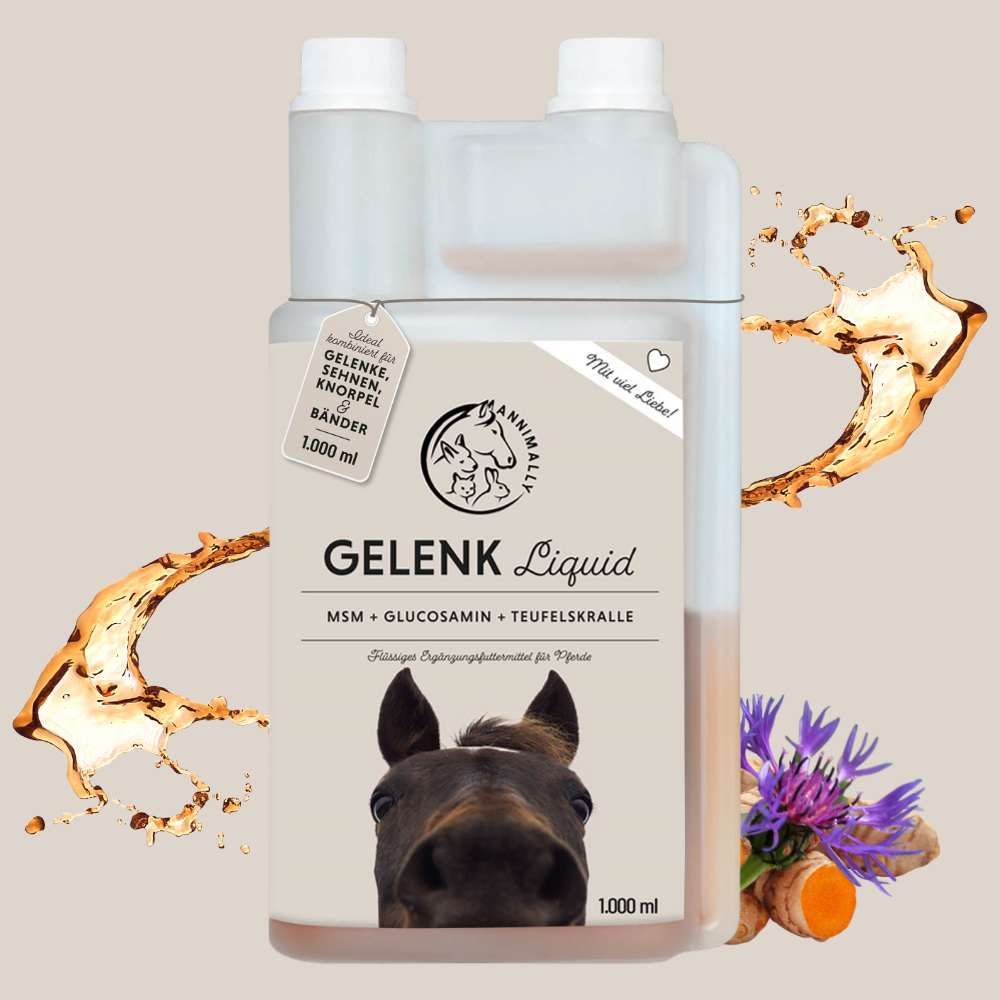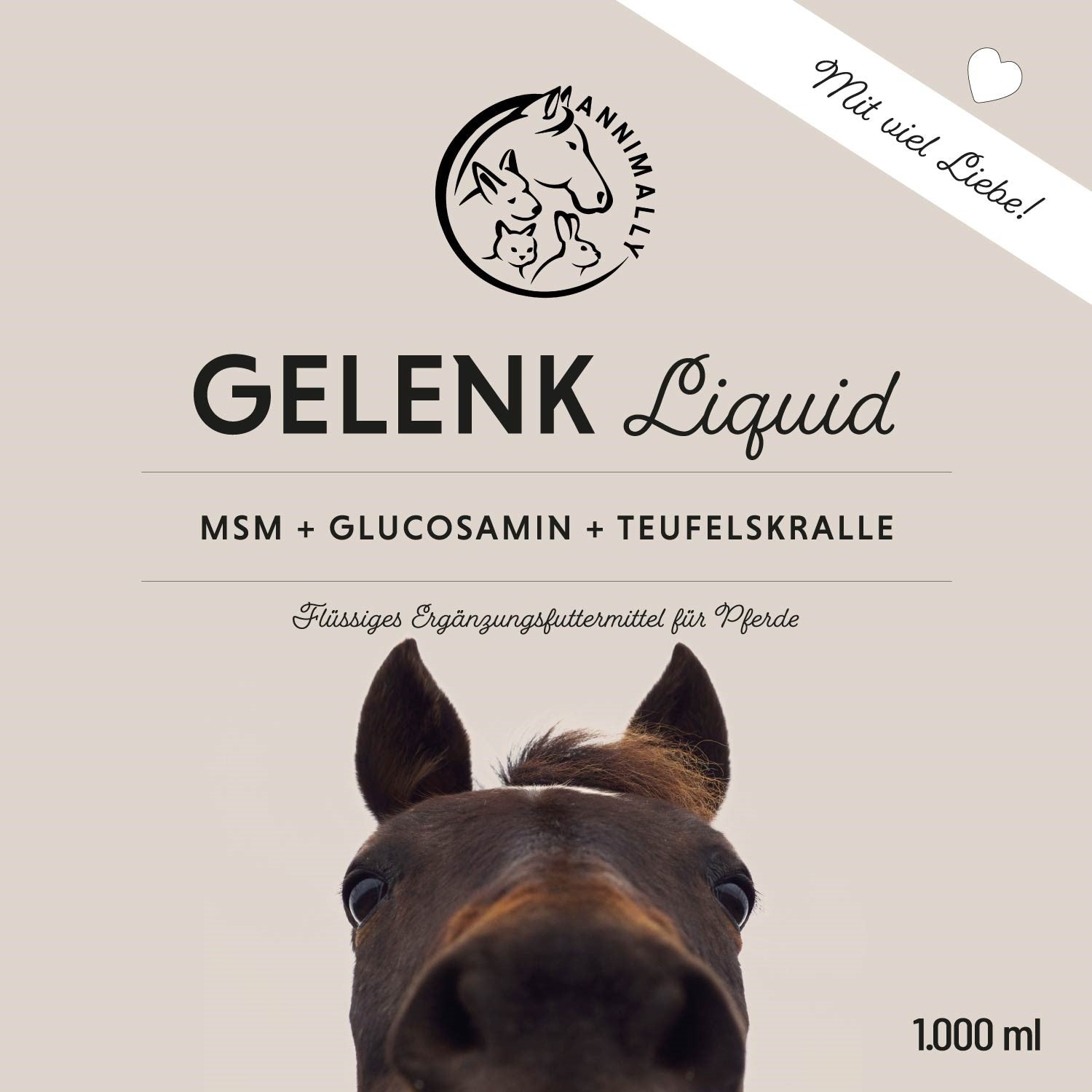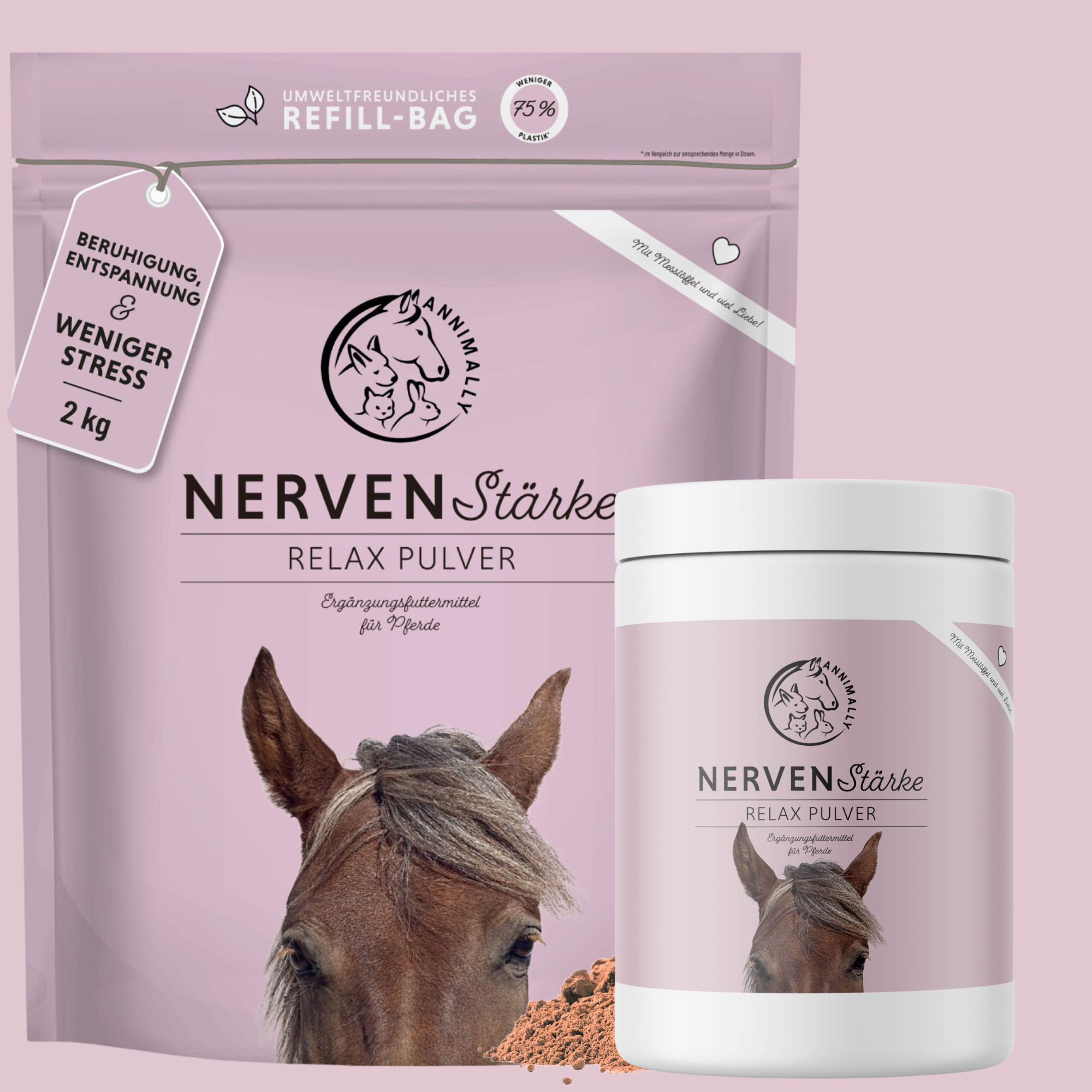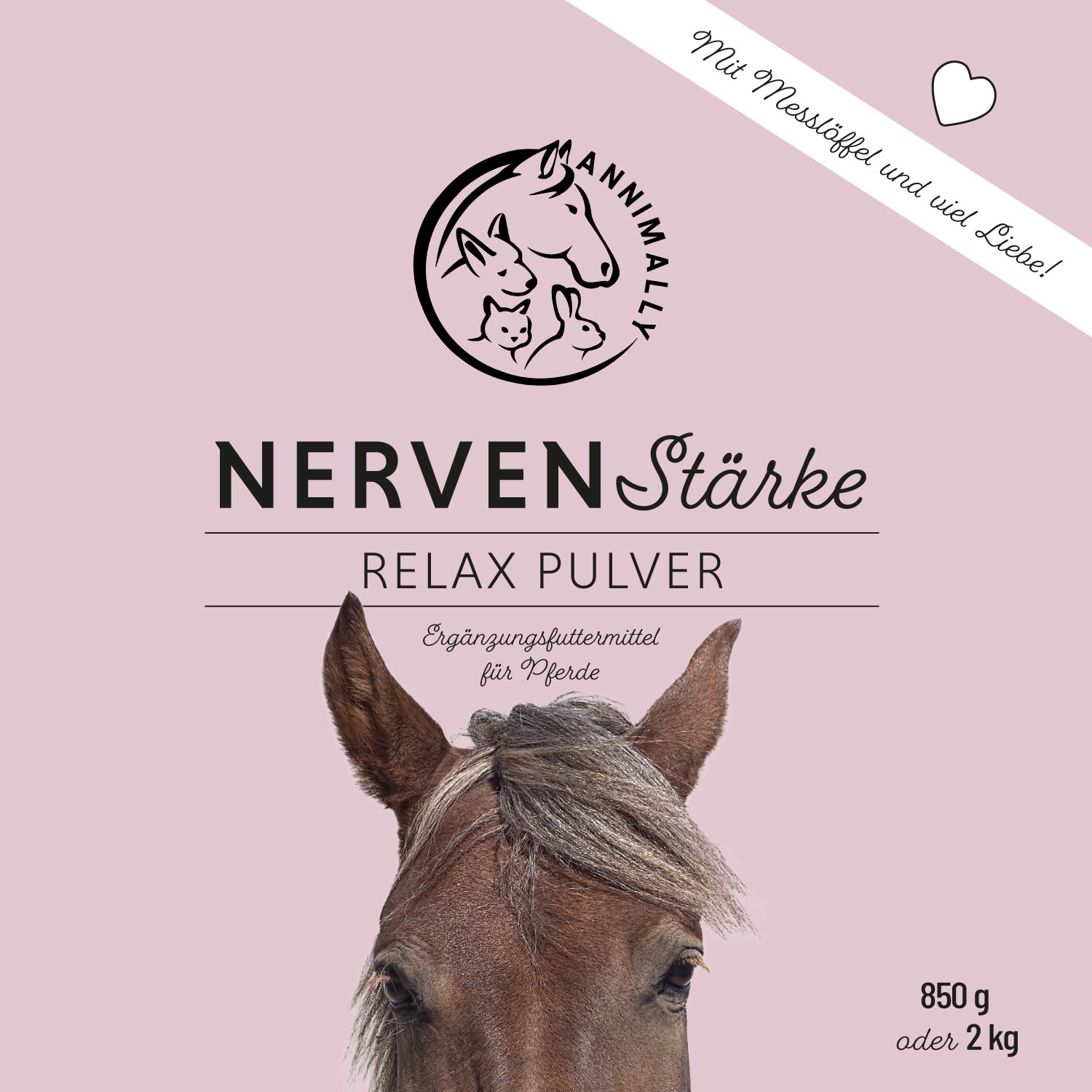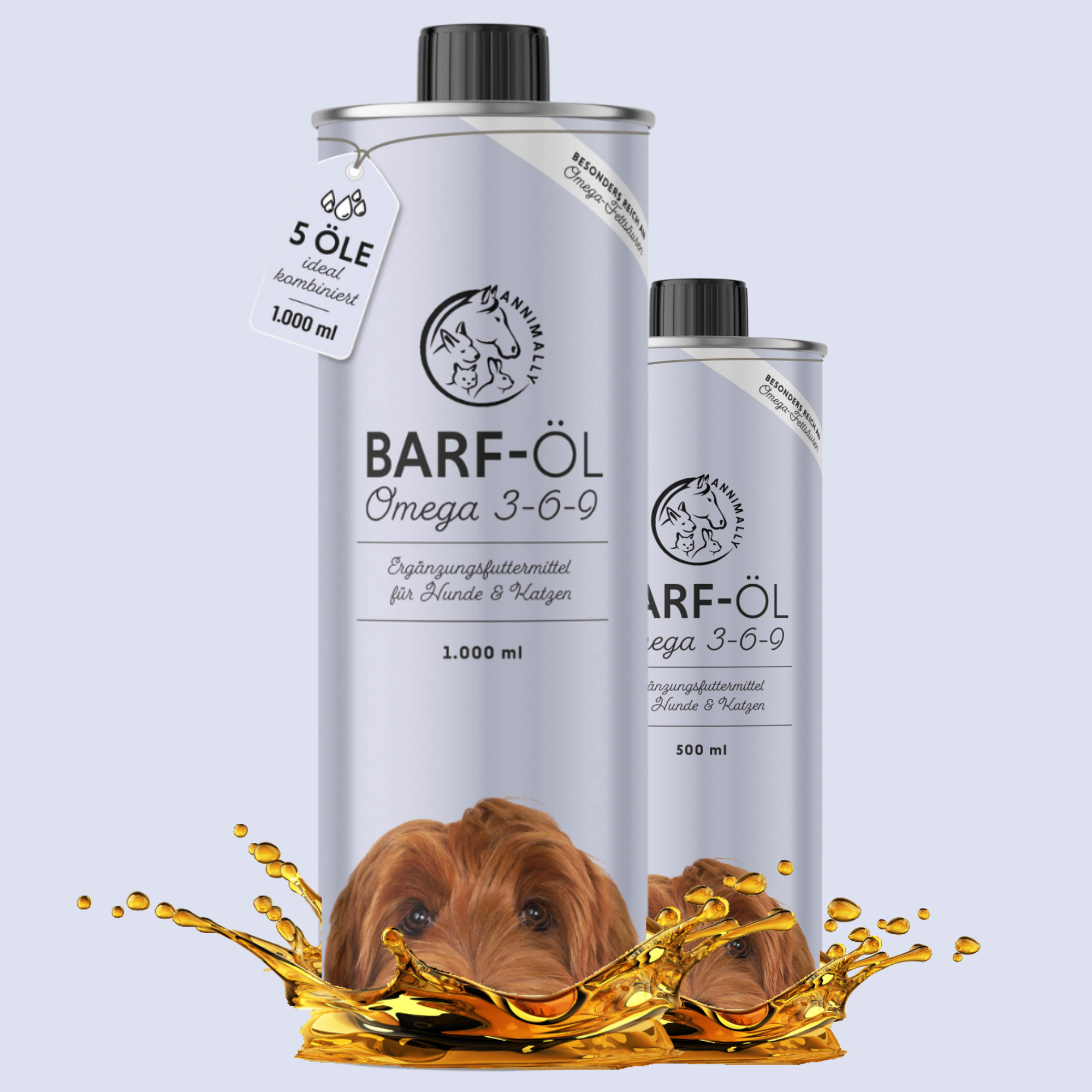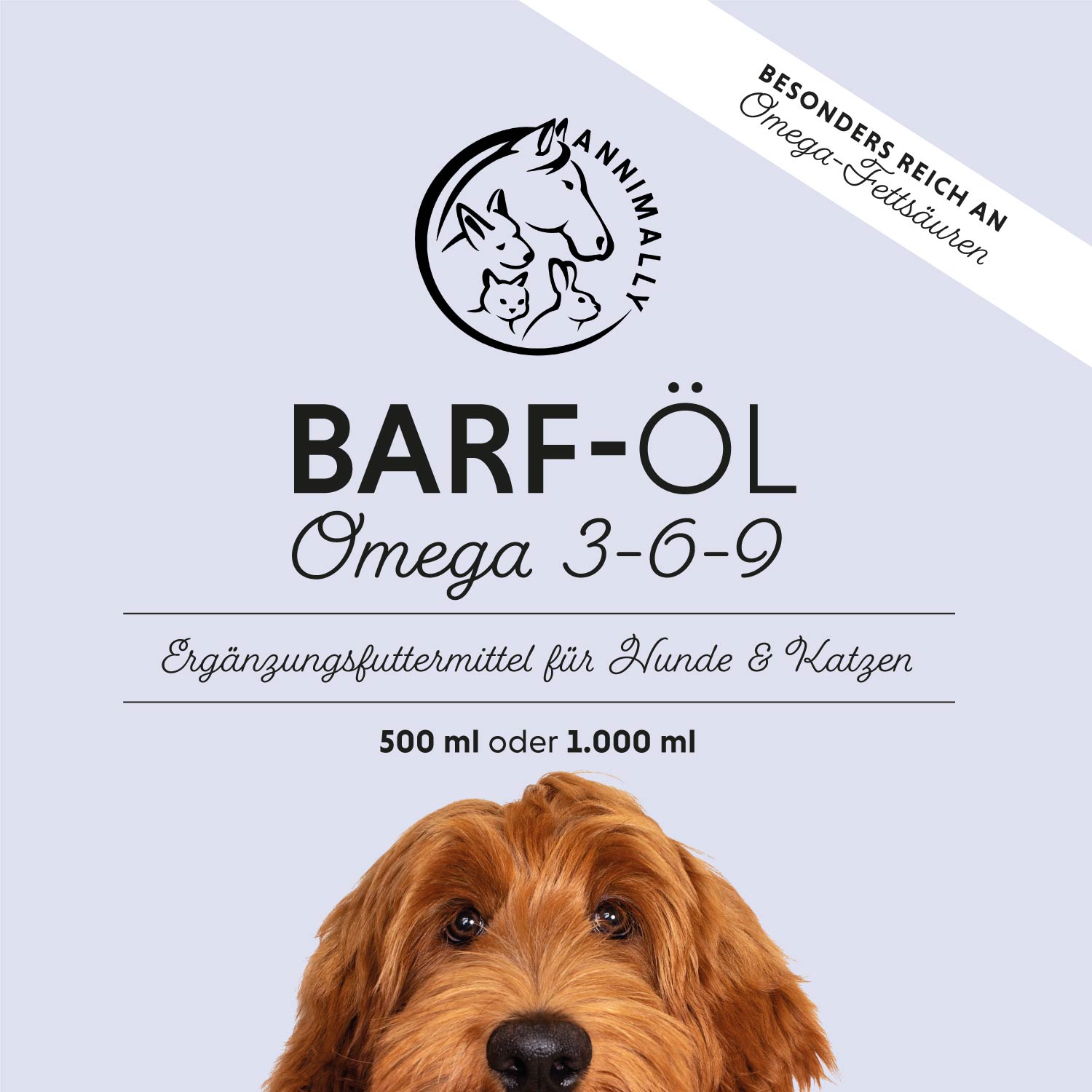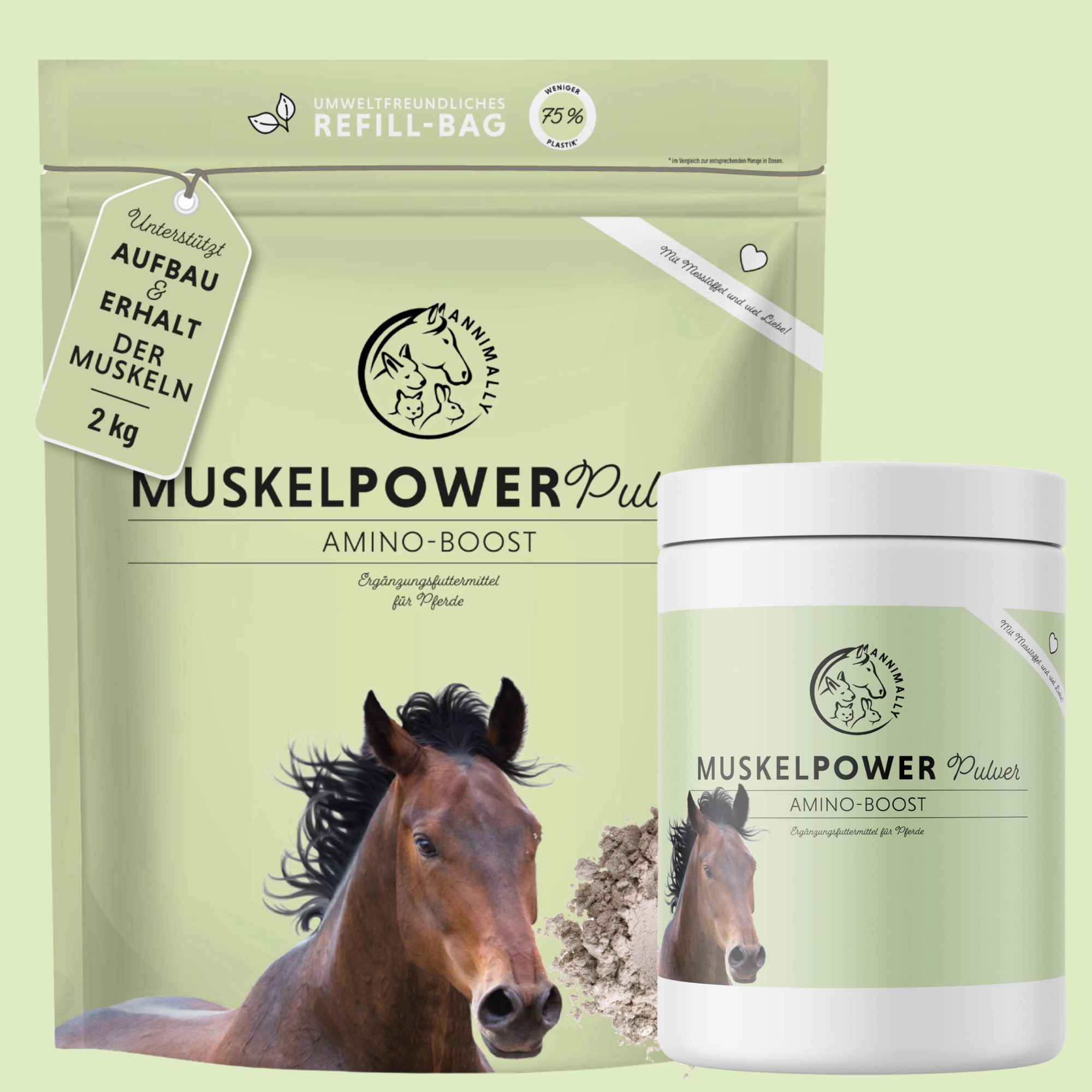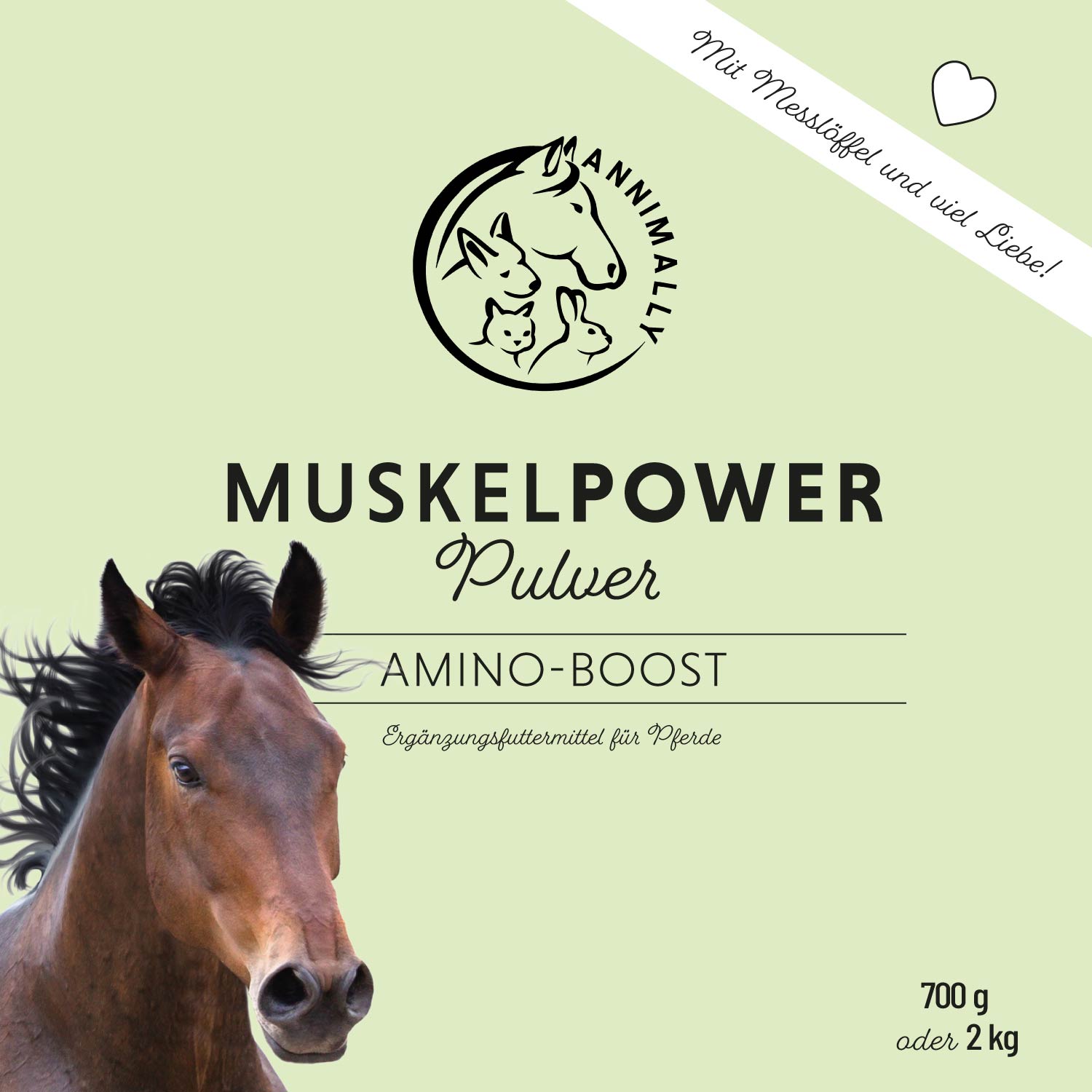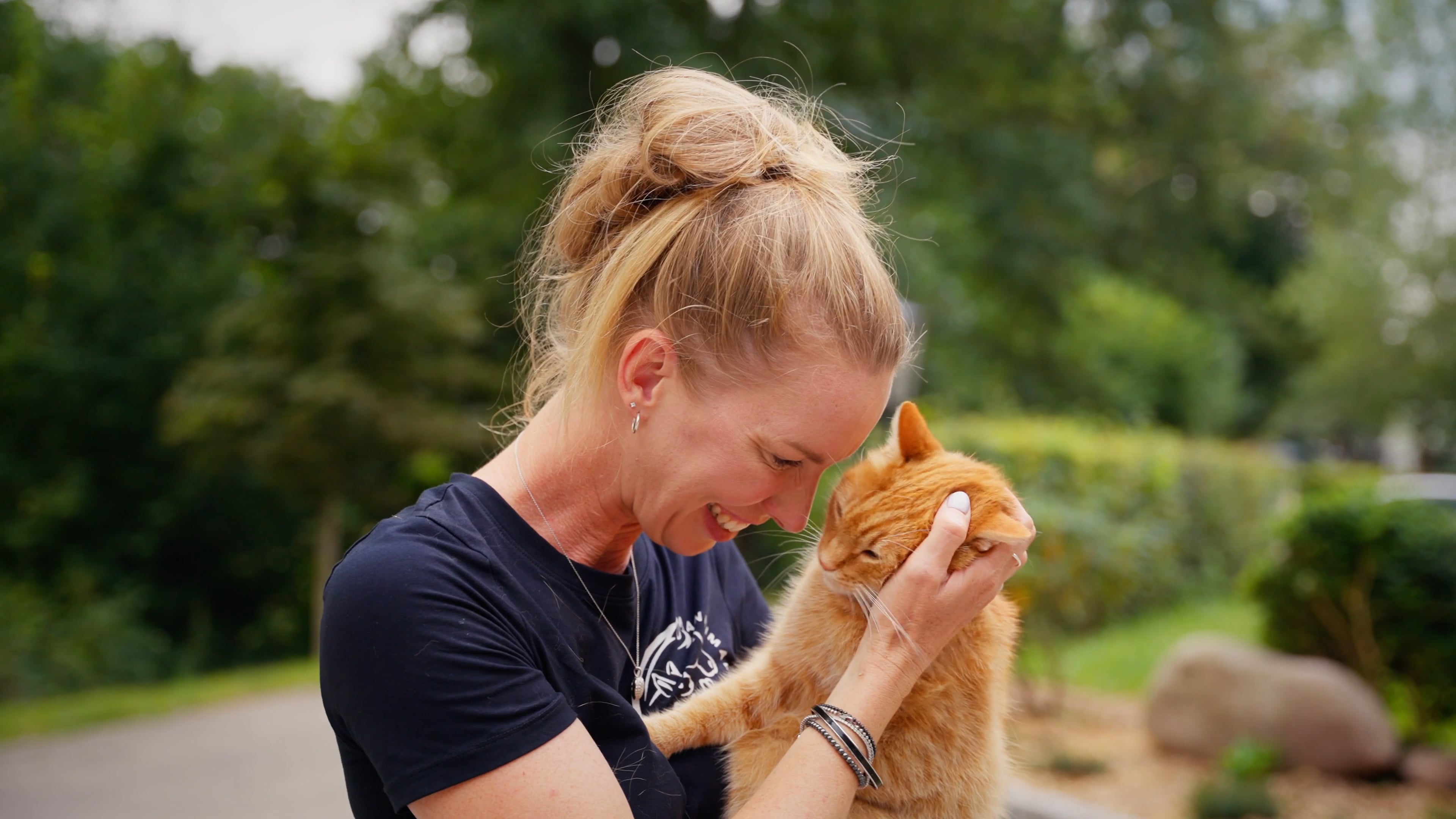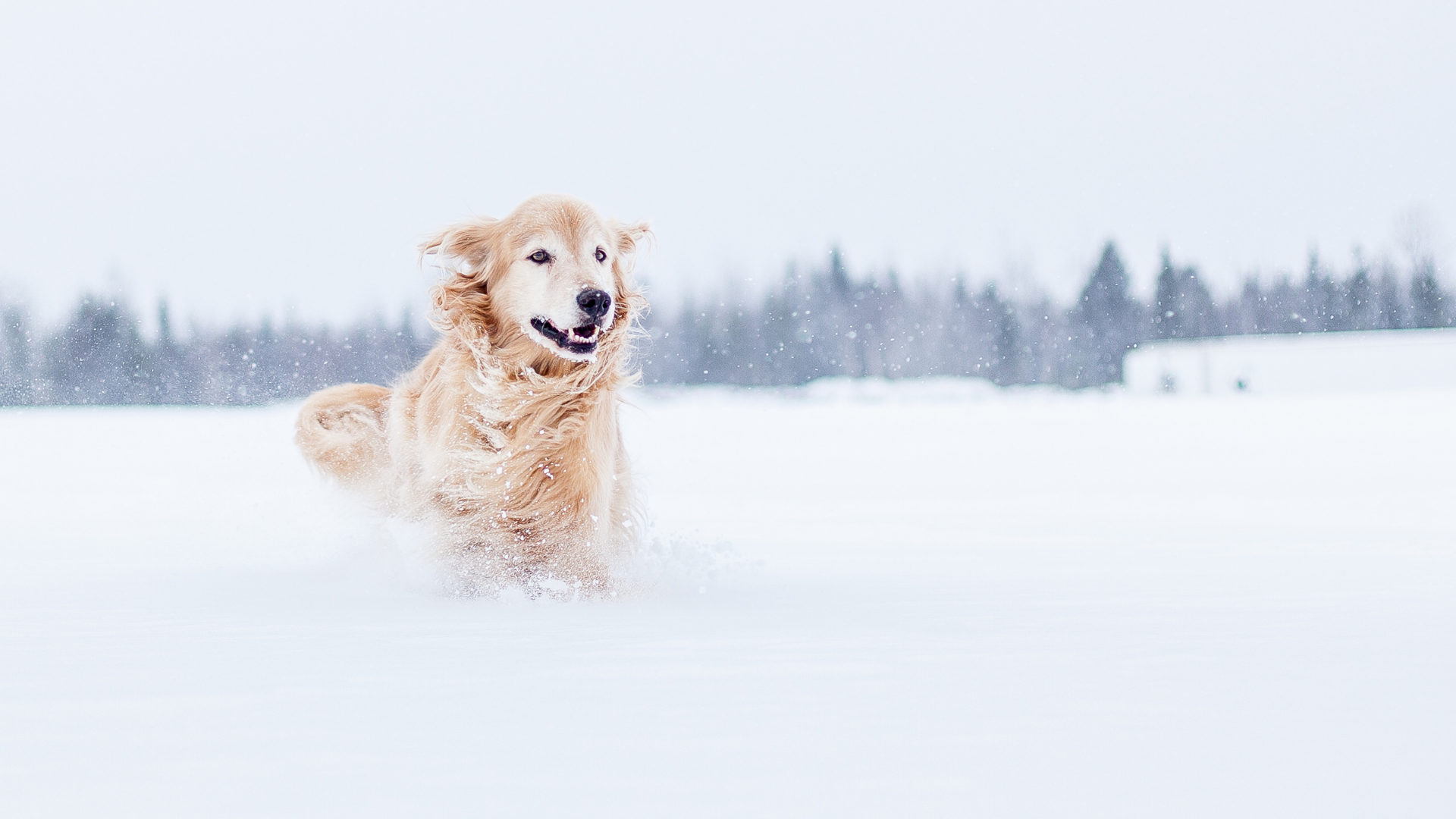
Winter with a dog: What you have to watch out for
Walks in the snow and cosy evenings in the dog basket - winter can be a very relaxing time for our four-legged friends. Nevertheless, there are a few things to bear in mind when the temperatures drop below zero. In the following guide, we tell you how to get through the cold season with your four-legged friend in a relaxed and, above all, healthy way.
Walking in winter
Even in winter, our furry friends need exercise. But the days are getting shorter and the temperatures are dropping. Especially for walks in the dark and hikes in the snow, you should keep a few things in mind.
Can my dog be cold?

Cosy jumpers, thermal underwear, winter boots - in winter, we humans dress warmer, of course. But what about our furry friends? Although dogs have thick fur, some breeds are more susceptible to the cold. Small breeds are particularly sensitive, as they cannot regulate their body temperature so well. So yes, our four-legged friends also freeze when it is too cold. Small dogs get very cold at temperatures as low as ten degrees, while larger dogs with thick coats only start to have problems at -15 degrees.
Winter coat for dogs - fashionable frills or sensible?

When asked about winter clothing for their four-legged friends, some dog owners smile. But in cold temperatures it makes sense for some dog breeds to wear a pullover or a winter coat outside. This has nothing to do with fashion consciousness, but protects your four-legged friend from the cold.
Especially for older dogs or some with a weakened immune system, warm clothing is great in winter. The same goes for short-haired dogs and puppies - without an undercoat, it quickly gets chilly on the daily walk and a cold is easy to catch. If you decide on winter clothing, pay attention to the material and how your dog can move in it.
The material should be warm and water-repellent, but not restrict your dog's movement too much. You don't need bells and whistles like pretty hoods, which are mostly annoying.
Caution in the dark
The shorter the days get, the less opportunities you have to go for a walk in the daylight. In winter, despite "brrww" and darkness, it's time to get outdoors! Be sure to keep your dog safe. Use a collar with LED or attach reflectors to your dog's coat. You should also wear reflectors so that you can be seen well. It is best to keep your dog on a lead in the dark - this way you have more control and can react more quickly.
Fur care in winter
Whether it's raining or snowing - our furry friends often come home with wet fur in winter. Of course, the fluff doesn't need to be bathed every time - a round of towel rubbing is quite enough. And then: off to the warm basket! Make sure your four-legged friend doesn't come home soaked and frozen. Our furry friends can also catch a cold. A hot water bottle or a spelt cushion, a warm place by the heater or a cosy blanket are indispensable in winter after a dog walk.
Paw care: Beware of road salt!
Road salt helps us on slippery days, but it makes our four-legged friends' paws chapped and irritated. And: Licking paws after a walk often leads to stomach problems due to the ingested salt. Ouch! To prevent this from happening, paw care is the order of the day before and after a walk. Rub the paws with a little Vaseline or olive oil before the walk. This creates a small protective layer and makes it harder for the road salt to stick.
After the dog walk: Wash paws with lukewarm water and dry well. And then: Apply care! See our blog article “Dog licks paws”. You can find more helpful tips here. Of course, we also have a great little helper against ouchy paws. Our Ouch balm makes tired, aching paws puppy-soft again. If your furry friend has severe problems with road salt, dog shoes can also be a solution. For most four-legged friends, however, paw care is sufficient.
Does my dog need more food in winter?
In winter, dogs need more energy to keep their body temperature constant. However, most dogs move less during the cold season. In most cases, this does not require an adjustment - quite the opposite. So if Bello, Luna and Co. are more of the cosy sort and like to lie in front of the fireplace all day in winter, winter flab is not far away. Make sure that your dog gets enough exercise in winter.
The situation is different for smaller dogs or short-haired dogs without an undercoat. As they need more energy to maintain their body temperature, an increased food ration can be useful. If you are unsure about the amount of food, it is best to ask your vet.
Is my dog allowed to eat snow?

Some dogs go completely crazy at the sight of white and start eating the snow. It's only water, you think? No. Snow itself is not poisonous for your furry friend, but the cold can cause nasty stomach problems. If your pet has a sensitive stomach, diarrhoea and vomiting are also possible due to snow gastritis. If the snow also contains road salt, the kidneys will suffer. So make sure your dog doesn't eat any snow.

